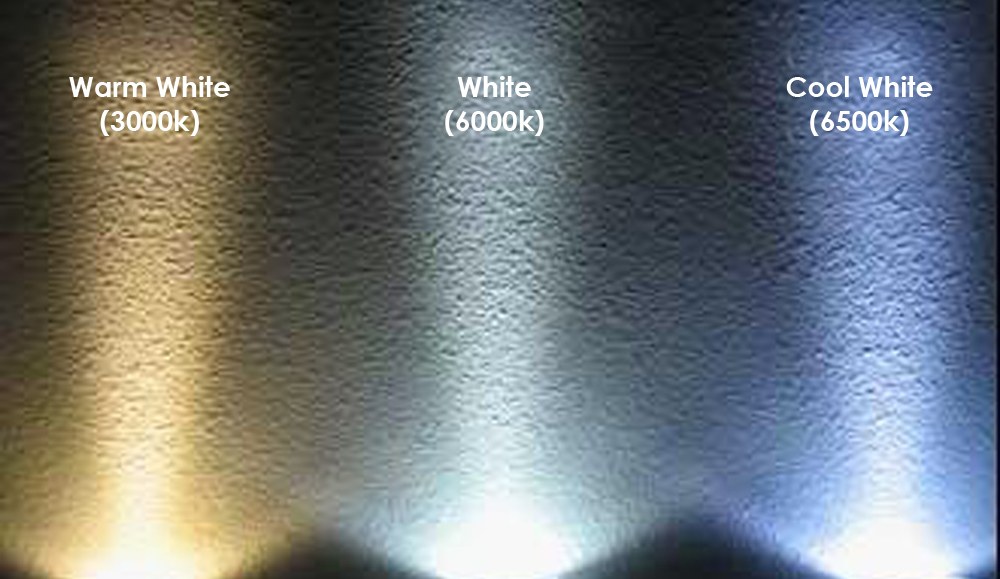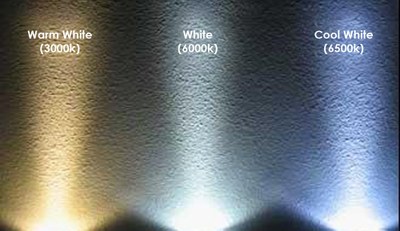Technologies | Measurement
|
Jun 18, 2014
How Much Can the Color of Nominal CCT Vary?
The threshold at which a color difference becomes perceptible is defined by a MacAdam ellipse. A MacAdam ellipse is drawn over the color space in such a way that the color at its center point deviates by a certain amount from colors at any point along its edge. The scale of a MacAdam ellipse is determined by the standard deviation of color matching (SDCM). A color difference of 1 SDCM “step” is not visible; 2 to 4 steps is barely visible; and 5 or more steps is readily noticeable.
As the illustration below shows, the size and orientation of MacAdam ellipses differ depending on their position within the CIE 1931 color space, even when each ellipse defines the same degree of deviation between the color at its center and any color along its edge.
Note that, for clarity, the MacAdam ellipses shown in this and other diagrams are 10 times larger than actual size
The quadrangles that define the color ranges of the eight nominal CCTs described in the ANSI C78.377A standard are roughly equivalent in size to 7-step MacAdam ellipses. Any LED light source whose measured color point falls within one of these quadrangles is considered to have that nominal CCT. But since color differences of 7 SDCM steps are readily visible, light sources with the same nominal CCT can display fairly large — and noticeable — differences in hue.
 For example, the chart to the right shows three hypothetical LED light sources, A, B, and C. Even though A and B are on either side of the black-body curve, the color difference between them is negligible, The color variation between A and C, on the other hand, is four times as great as the color variation between A and B.
For example, the chart to the right shows three hypothetical LED light sources, A, B, and C. Even though A and B are on either side of the black-body curve, the color difference between them is negligible, The color variation between A and C, on the other hand, is four times as great as the color variation between A and B.Nevertheless, all three light sources conform to the ANSI specification for nominal CCT of 3000 K. One important goal for lighting fixture manufacturers is to ensure that color differences between fixtures are small, if not imperceptible. Since nominal CCT does not ensure this degree of color uniformity, LED fixture manufacturers devise various binning schemes to tightly manage color variations in the LED sources that they purchase and use in their fixtures.
Reference: Optibin Technology Overview, Philips | Color Kinetics



